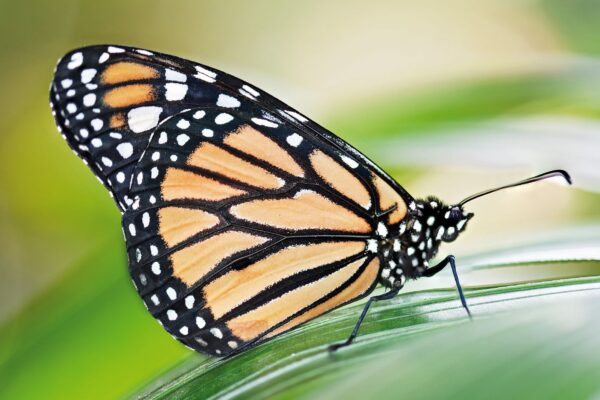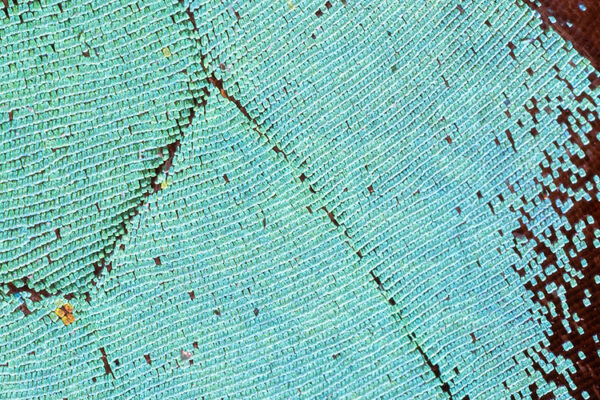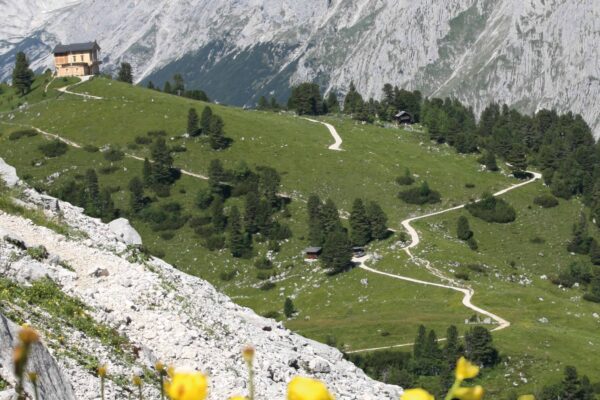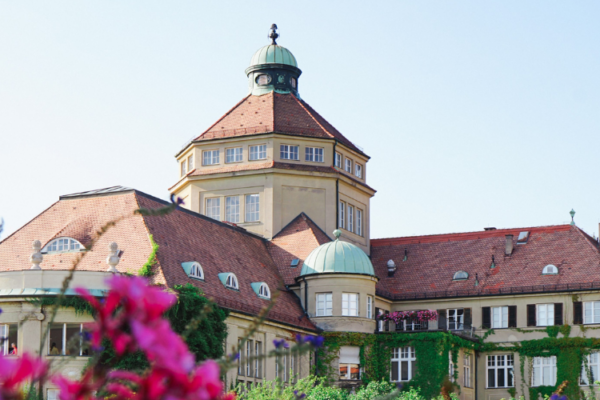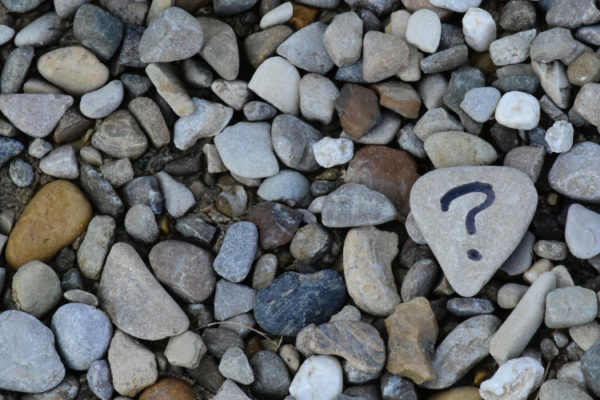Botanical Garden Munich-Nymphenburg
In the Munich-Nymphenburg Botanical Garden, with an area of 21.2 hectares, around 16,240 species and subspecies are cultivated. Together with the satellite station, the Alpine Garden on the Schachen (1,860 m asl), the Botanic Garden is involved in national and international research projects to which it provides important material and observation data. Its task is to collect, study, cultivate and exhibit wild and cultivated plants from all over the world and thus from different climatic regions according to scientific criteria.
Exhibitions & News
Special Exhibition: Tropical Butterflies
13.12.2025 - 08.03.2026 -
Exhibition
Botanischer Garten München-Nymphenburg
200 Million Years
13.12.2025 - 08.03.2026 -
Exhibition
Botanischer Garten München-Nymphenburg
Scientific Events
RESEARCH SYMPOSIUM | Alpine plants: evolution and challenges of life at high altitudes
research , event
Information
Opening hours & tickets
visit
Arrival
visit
FAQ | Frequently asked questions
visit


